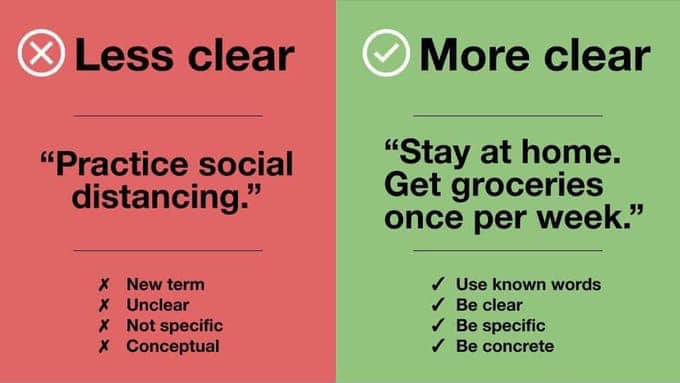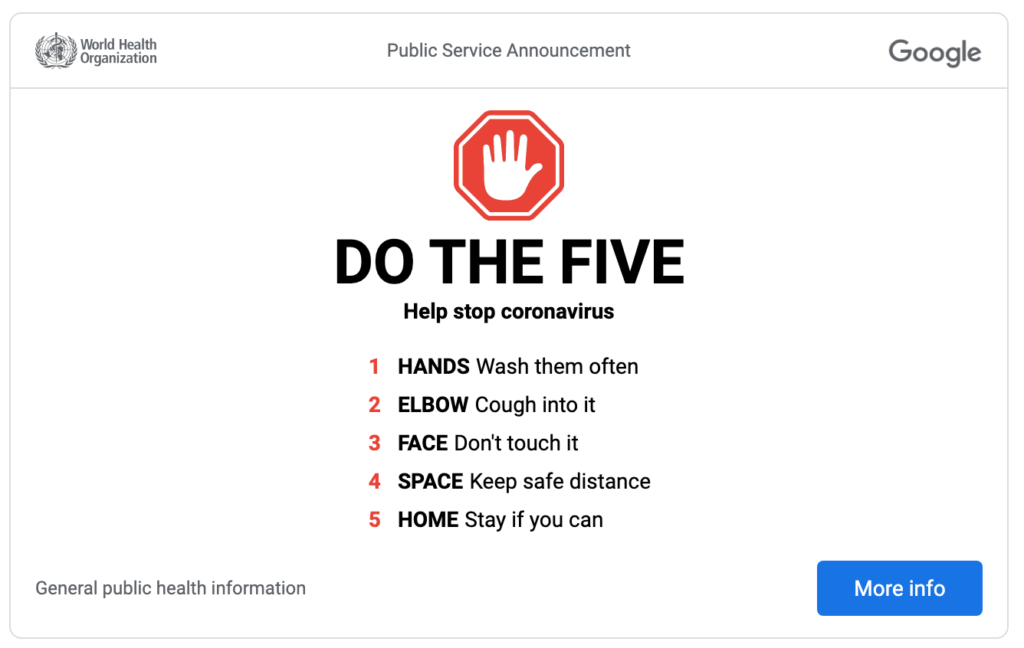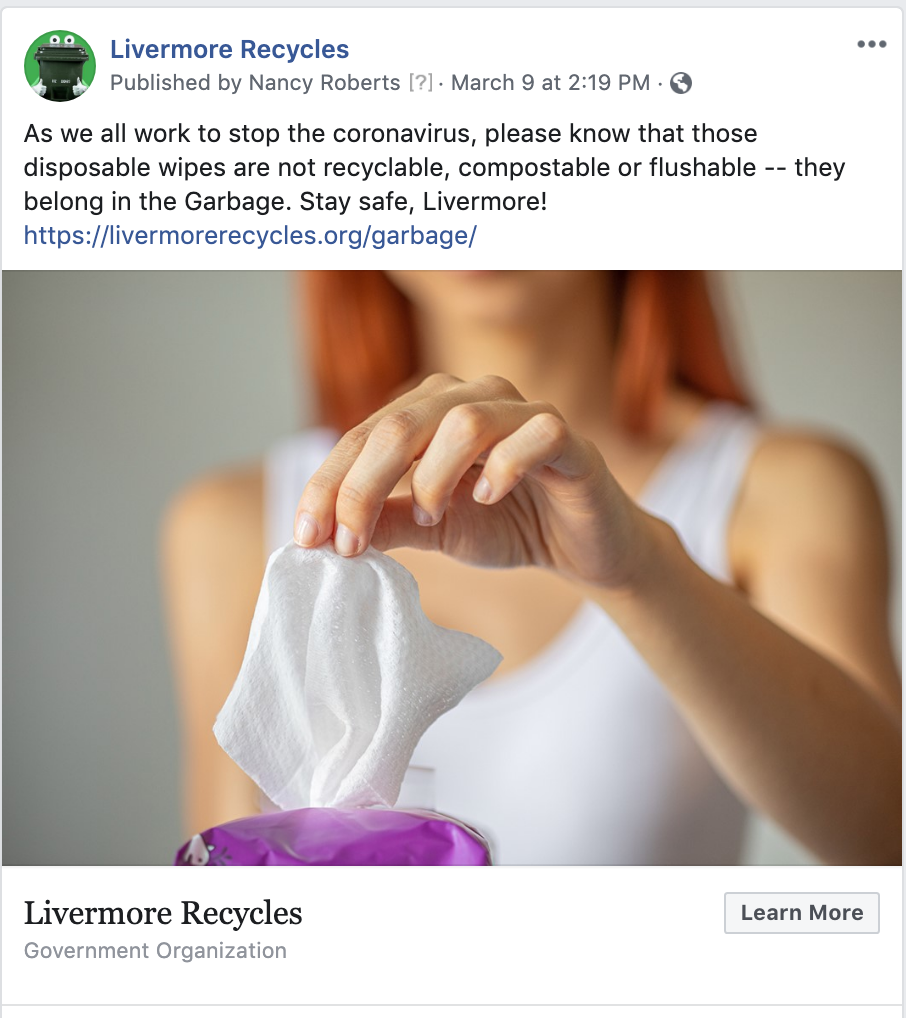With the effects of COVID-19 spreading across the globe and the entire state of California required to stay at home as much as possible, we are living in a truly challenging and unprecedented situation. What does this mean for Gigantic’s clients, mostly local government agencies and non-profits involved in environmental behavior change? Business as usual seems a little unrealistic. How can we live into the needs of our audiences to provide information and encouragement while still living our mission?
Local Government has a particular opportunity to choose a friendly and positive tone with messaging:
- “We do real, important stuff.” Emphasize essential services like waste collection that are ongoing, rain or shine. Point to specific workers who are getting it done.
- “We are your neighbors.” We live here, too, and want the best for the community.
- “We’re In This Together.” Has never been more true. While this message does not move everyone (no message does), now is the time to stress universal cooperation, as no one is immune or untouched by COVID-19’s effects.
Communicating with the public via websites, email or social media posts is still a possibility and an opportunity. Of course, the tone of the messages is important and may need to be adjusted during this period. We all know this is a high-stress, challenging time. This is no time for playing the blame game (e.g., asking people to avoid excess packaging by ordering online). We need to put aside some of our favorite themes (such as promoting the use of reusable cups).
Messaging is more important than ever, and already we are seeing how poor messaging can have consequences. For example, we hear a lot about “social distancing” — an accepted term in epidemiological circles — that is not immediately understandable or resonant with the general public. Social what? One could assume it means “staying off social media” rather than “staying six feet apart.” Perhaps “physical distancing” would be more appropriate. In these times we want to encourage stronger social bonds – checking on neighbors and families online, for example – while maintaining a physical distance. The group March for Science recently summarized tips in a Facebook post:

The communication best practices of clarity, specificity and simple language apply now more than ever. The WHO’s recent ad on Google’s home page does a good job:

One thing we know is that people are turning to social media as an alternative to chatting by the office coffee maker. It is still a good time to converse with our constituents! Topics for posts revolve around our “new normal” here in California:
What AREN’T people doing?
- Going out to bars, clubs and restaurants
- Spending time at the office
- Planning trips/parties/picnics
What ARE people doing?
- Cooking
- Working from home
- Home schooling the kids
- Gardening
- Spring Cleaning
- Shopping online
- Using products, such as wipes and gloves, that they may not have used before (see image below.)
There are plenty of ideas for messages now:
- Yard waste goes in the green cart
- Avoid garden chemicals – hand weeding can be very soothing
- Planning meals (so many meals!) to avoid food waste
- Wipes belong in the trash
- Take time to sort
- Appreciation for waste haulers and others working during this crisis
- Calming pictures of local landmarks and nature

Of course, if COVID-19 becomes even more dire, there may come a time when cheerful posts about recycling gin bottles strike a false note. As always, those of us who communicate with the public need to live into what our audiences are experiencing and choose when or if it’s appropriate to communicate about particular topics.
From the whole team at Gigantic Idea Studio: Be well!